If you are looking wholesale lighting solutions, click here.
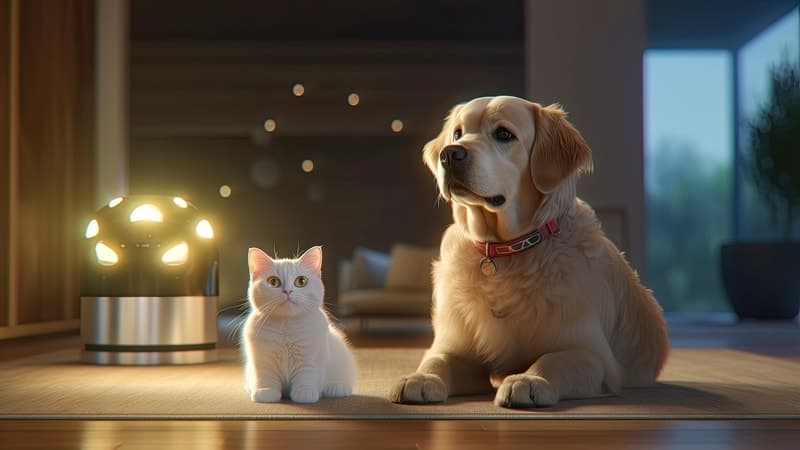
Lighting colors and brightness affect pets’ well-being. Their sensitive eyes and vision respond differently to different colors. Harsh or flickering lights can disturb their sleep-wake cycle.
If you want to create a pet-friendly environment, you’d better transform the indoor lighting. Here, you will learn expert pet tips for better indoor lighting to help your furry companion thrive.
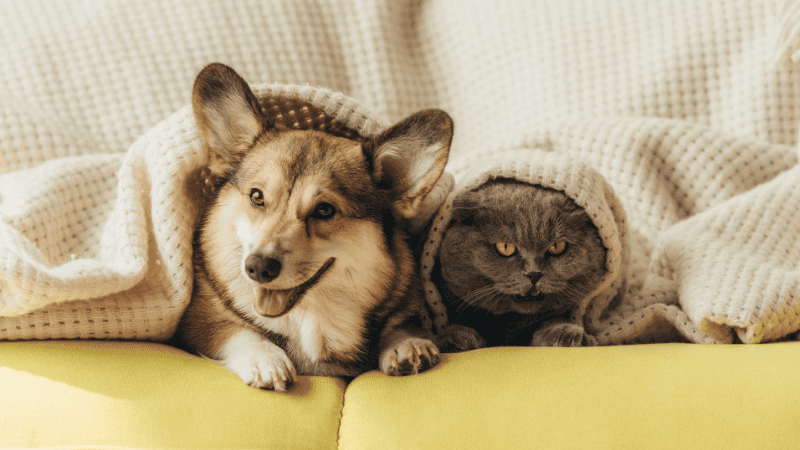
LED light not only influences our health, but it also impacts our pets physically and mentally more than you think. Animals are more sensitive to certain colors and flicker than human eyes. Poor or flickering LED lights disturb their sleep-wake cycle. The food intake and behavioral responses can also be changed.
Proper indoor lighting has a positive impact on their physical and emotional health. Harsh or overly bright LED lights increase stress and agitation in their behavior. Soft blue hues during the day can help maintain a healthy circadian rhythm.
For a safe, calming, and stress-free environment for pets, choose light bulbs with the right color and brightness with the proper setup.

Yes, LED lights are created with LED technology, which is completely safe for pets. The color temperature, brightness level, and light direction have negative and positive impacts. The following tips can help you create a better lighting space:

Pets see the world differently. The colors that cats and dogs see are different from each other. Cats are sensitive to flickering and color saturation. Dogs are affected by brightness and motion. So, choose LED lights from reputable lighting manufacturers to create calming effects.
Cats enjoy soft, cool tones of lighting. Bright or flashing LED lights overstimulate them, especially in playing or resting zones. Avoid fluorescent lights in pet resting areas.
Soft blue LED light or green tones provide a calming effect. Daylight white LED light with a color temperature around 5000 K- 6500 K mimics natural light, ideal for playtime.
Avoid intense red or blinking LED lights because they can irritate cats’ sensitive visual system. Intense red light bulbs disrupt their circadian rhythms and trigger anxiety. Blinking LED lights can cause seizures and make them overactive at night.
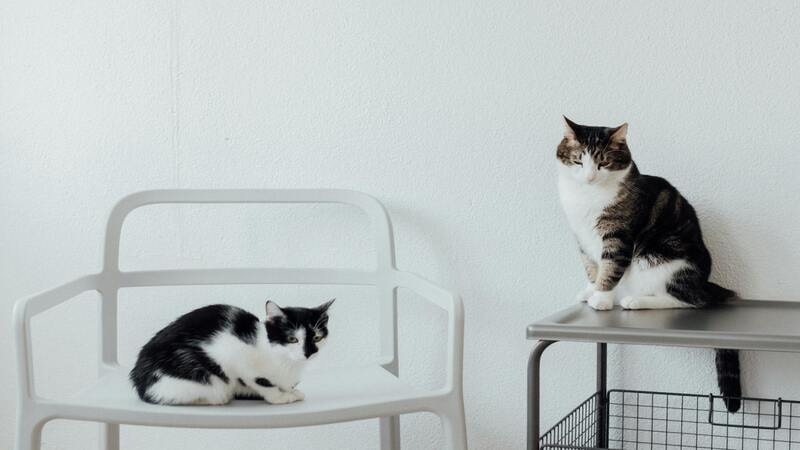
Dogs’ eyes respond well to warm, white tones and natural daylight colors during the day. Warm white light and soft yellow tones help dogs feel calm and secure. Light Blue tones create a natural daylight atmosphere, which supports alertness and natural rhythms.
Avoid cool whites(3000 K-5000 K) or bright blues in LED light bulbs in rest areas. They can disrupt sleep or cause anxiety. In thunderstorms or stressful events, dimmed yellow or amber LED lights can soothe nervous dogs.

Most of the pet owners wonder, “Does red light hurt cats’ eyes?” No, cats are less sensitive to red lights, and generally, red light does not hurt cat eyes. But you need to consider some facts before placing a red light bulb in your cat’s place.
Cats can see some red hues, but their eyes are not built to handle intense, saturated reds for long periods. A safe rule of thumb is moderation, and always allow your cat to retreat to a low-light area if they want.
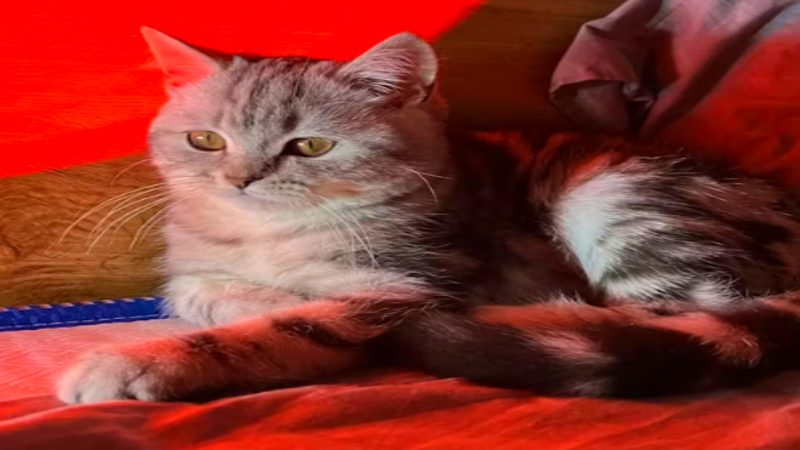
Poor lighting causes eye strain and discomfort in pets. The right light source can improve pet comfort and mood. Avoid fluorescent bulbs as they emit UV light. Too much UV light exposure can harm pets’ eyes and skin over time.
With these research-backed lighting strategies, you can create a better home environment for your furry companions.
LED dimming bulbs help you fine-tune brightness throughout the day. Use warm white LED lights and fluorescent lights in rest zones. The 2700K–3000K range color temperature promotes calm and sleep.
Cooler white LED light between 5000K–6000K color temperature with high CRI simulates natural daylight. It is suitable for daytime play and keeps animals active.
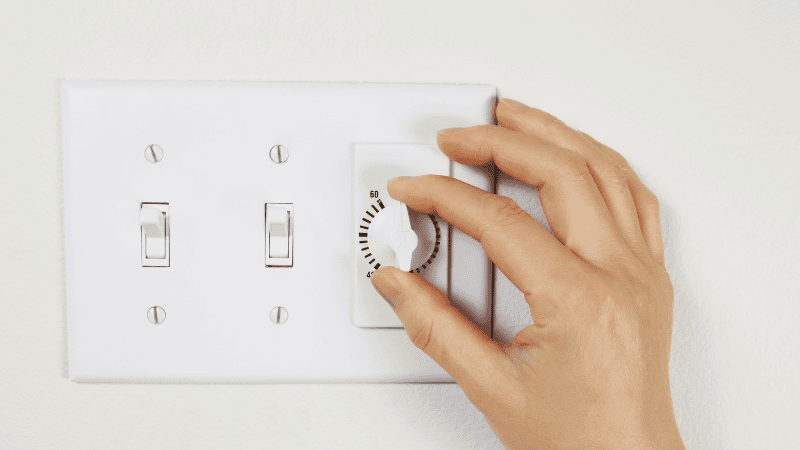
Indoor pets rely on consistent light cycles. Automatic timers replicate sunrise and sunset patterns. It helps regulate your pet’s circadian rhythm. Also, reduce behavioral stress in indoor-only pets.
Senior pets or impaired vision become disoriented in total darkness. They feel comfortable in low-light conditions to walk easily at night. Install low-lumen nighttime lighting near pathways, litter areas, and food bowls. It will help them to move confidently. They feel secure during nighttime hours.

Avoid LED lights with strobe or flashing modes. These lights can overstimulate pets and trigger anxiety or disorientation in cats, small dog breeds, or nervous pets. Use non-flickering illumination in pet zones. Full-spectrum bulbs provide a broader spectrum of visible light.
Direct glare can strain your pet’s eyes and disrupt their relaxation. Choose lamps with shades and anti-glare LED lights. Bounce light off walls or ceilings to soften illumination in sleeping areas.

Pets feel comfortable when the light doesn’t shine directly in their eyes. Place LED light fixtures higher up or on the ceiling. It will distribute light evenly without glare or visual discomfort. So the pet can eat, play, or rest comfortably.
LED bulbs come with smart features. With smart LED lights, you can get full control of your home ambiance. You can create personalized light settings according to your pet’s mood and routine.
Use smart lighting schedules to turn lights on or off. You can adjust brightness or color temperature automatically. This will help mimic natural sunrise and sunset patterns. It will provide indoor pets with a steady, calming day-night rhythm.
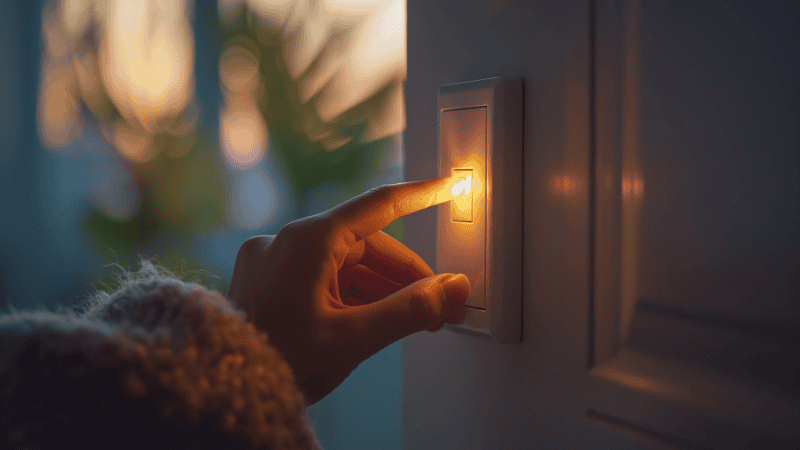
Dogs and cats sleep well in complete darkness. Exposure to artificial light at night can disrupt melatonin production. This interferes with their sleep-wake cycle. Turn off all main lights at night to support healthier, more restorative rest.
Smart dimmable LED light bulbs let you fine-tune light intensity. You can keep the brightness low during rest times. Set the light brighter during feeding or play for a more comfortable environment.
With smart LED lights, you can set up pre-programmed lighting “scenes”, such as calm mode, play mode, or bedtime lighting. You can switch between activities with one tap or voice command.
Philips Hue, LIFX, and Govee apps let you get full lighting control on your smartphone or tablet. Some platforms even offer pet-specific lighting presets designed to reduce stress and support your animal’s natural rhythms.
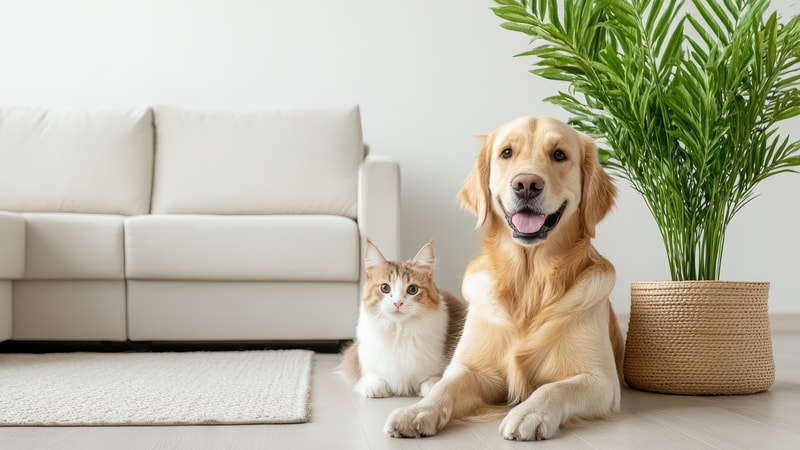
These pet-friendly lighting ideas can help you meet the unique needs of cats, dogs, and senior pets.
Daylight white LED lights with (5000K–6000K) emit sunlight. It is ideal for active play areas. Soft blue light or greens have a calming effect on cats. It also reduces overstimulation.
Cats prefer complete darkness for deep sleep or dimmable warm whites (2700K–3000K) for light-sensitive zones. Avoid shorter wavelength light, like blue, which can interrupt rest. Harsh or flickering LED lights can stress cat eyes.
Warm yellow or soft amber LED lights relax dogs. They feel secure and also promote better naps. Avoid shining bright lights directly into your dog’s eyes. It can cause eye strain. Learn the pros and cons of LED and use low-brightness soft blue or neutral white LED light in areas where your dog unwinds.
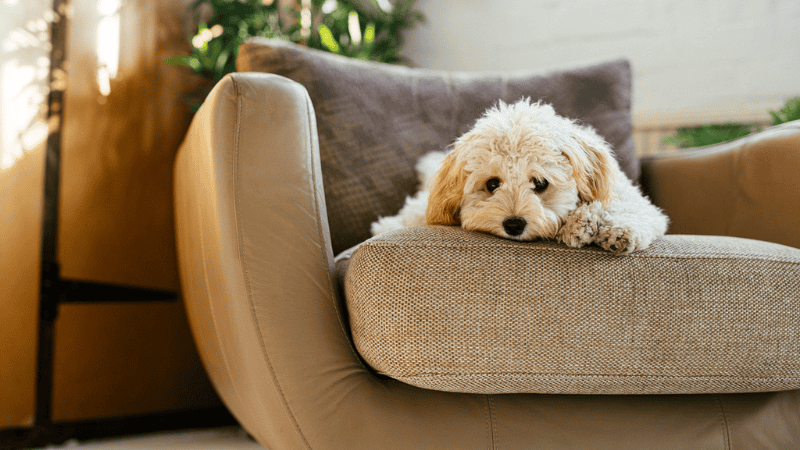
In loud weather, create a smart “thunderstorm mode” scene with warm, soothing hues. It will reduce anxiety and stress. Avoid overly bright lights. Dogs are less light-sensitive than cats but still benefit from soft, consistent lighting.
Nightlights with motion sensors can help older pets move safely. It helps reduce nighttime anxiety in senior pets. Choose frosted LEDs or light bulbs with diffusers to minimize glare. Automatic lighting schedules can avoid sudden changes that can confuse senior pets.
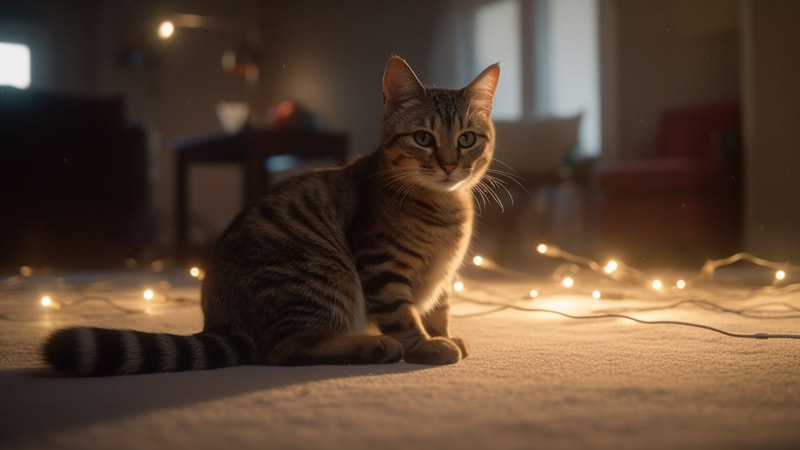
Proper indoor lighting can not only improve your home’s aesthetics but also enhance your pet’s physical and mental well-being. Dimmable, warm-tone LEDs create a relaxing environment, allowing them to sleep better and feel more secure.
With smart LED bulbs, you can adjust the lighting to your pets’ moods, age, and behavior. So, it’s essential and beneficial for your pet’s health and happiness.
At RisunCorp, we believe in whole-pet wellness because lighting matters as much as love. Our expertly designed pet-friendly LED solutions support healthier, happier indoor environments for your furry companions.
Reach out to us to get personalized lighting advice for your pet’s unique needs now!
Soft blues, greens, and warm white(3000 K- 4000 K) tones are considered ideal for cats. Avoid using strong reds or flashing lights.
No, but some colors (like harsh blue or cool white) can increase anxiety. Stick to warm whites or soft yellow tones.
Yes, red light is safe for pets, and it has some therapeutic effects on them. But without moderation, like using red light continuously or at high brightness levels, it can cause anxiety and make your pet overactive.
Dimmable warm lights during the evening and red lights at night create a darker space for pets at night. A darker space supports healthy melatonin production and gives a better sleep experience.
Comprehensive Lighting Solutions for MRO Wholesalers and Professionals
send your inquiry
Hi, I'm the author of this post, and I have been in this field for more than 15 years. If you want to wholesale lighting fixtures or lighting related product, feel free to ask me any questions.
Learn More >>Download our catalog to view all of our lighting products.
Ready to get started ?
Send Your InquiryOur team will get back to you promptly

please
download
Get notified about new products
Our team will get back to you promptly!
Add your first comment to this post